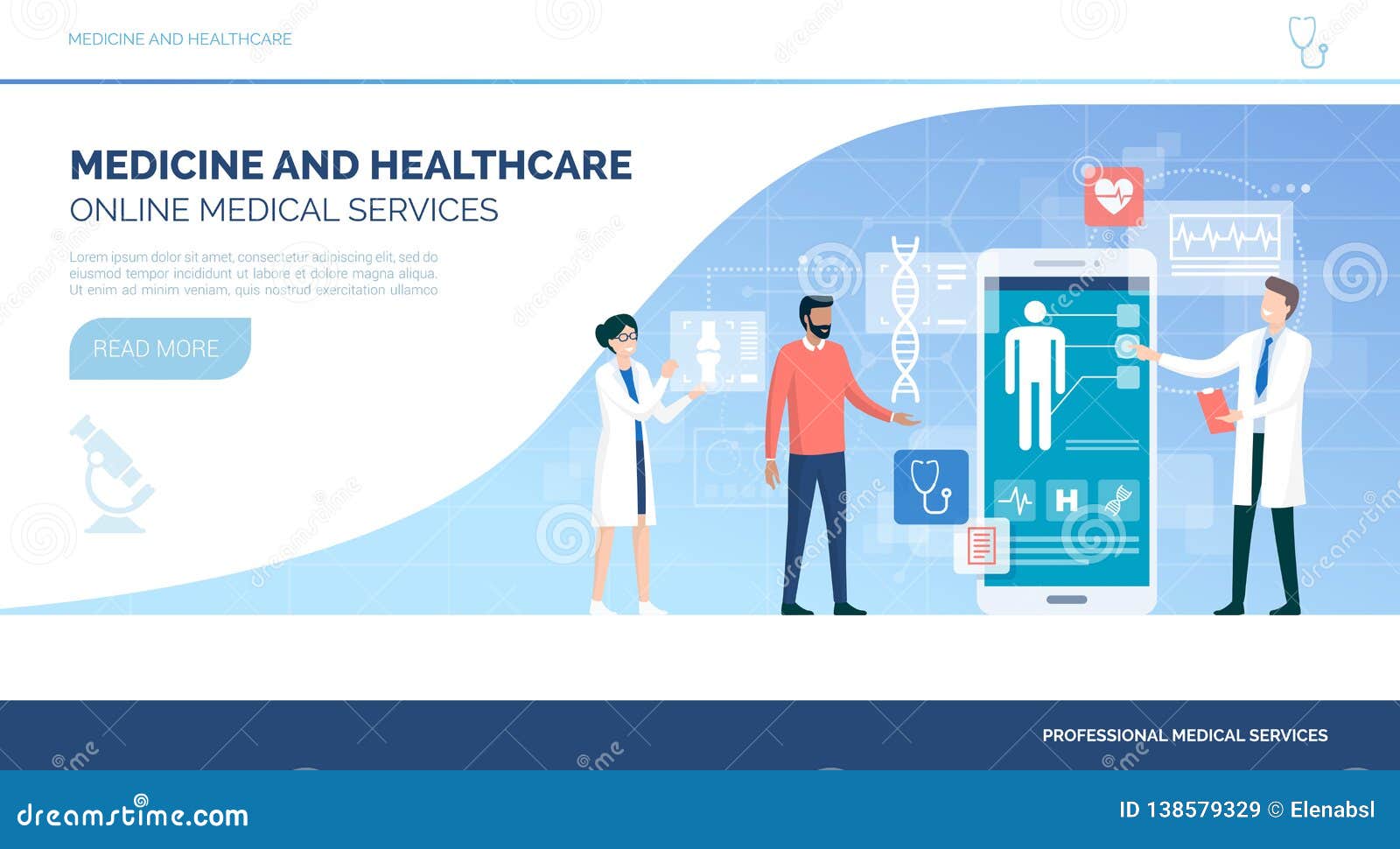Opening the Secrets of Subscription Based Healthcare for Better Patient Outcomes
Opening the Secrets of Subscription Based Healthcare for Better Patient Outcomes
Blog Article
Comprehending the Cost-Effectiveness of Subscription-Based Medical Care Designs
As the medical care landscape advances, subscription-based versions arise as an engaging choice, assuring to redefine just how people handle clinical costs. Examining these designs' cost-effectiveness requires a nuanced comparison with conventional insurance, considering both financial implications and patient satisfaction.
Overview of Subscription-Based Versions
Subscription-based medical care designs, often referred to as direct health care or concierge medicine, are increasingly obtaining focus as a prospective service to inefficiencies within traditional medical care systems. These designs operate the principle of offering people straight access to doctor with a yearly or monthly cost, bypassing the requirement for typical insurance devices. This setup aims to streamline patient-provider communications by decreasing management problems, which typically hinder tailored and timely treatment.
At the core of subscription-based designs is the focus on a much more personalized individual experience. Patients gain from enhanced accessibility to their physicians, commonly including next-day or same-day appointments, prolonged consultation times, and direct interaction channels such as phone or video clip telephone calls. This design cultivates a proactive technique to medical care, where clients and providers can collaboratively concentrate on preventative treatment and persistent disease administration.

Price Contrast With Traditional Insurance

One of the primary economic benefits of membership models is openness in expenses. On the other hand, conventional insurance might be a lot more beneficial for individuals calling for specialized care or expensive therapies not covered under a membership model, as they profit from the wider coverage network and cost-sharing devices.
Nonetheless, cost-effectiveness is context-dependent. While membership models may offer financial savings for those mainly requiring medical care, individuals with chronic problems or specialized healthcare demands might discover traditional insurance policy extra extensive. Examining specific healthcare demands and possible use is essential in figuring out the most cost-effective option for individuals.
Effect On Person Satisfaction
Client complete satisfaction within subscription-based healthcare models often mirrors a substantial enhancement over conventional insurance systems. Unlike traditional systems, where people could experience delays in receiving treatment, subscription-based designs guarantee more timely and straight interactions with healthcare carriers.
Additionally, the transparency in prices connected with subscription-based healthcare alleviates the usual disappointments related to unanticipated charges and complex payment procedures seen in standard insurance coverage (subscription based healthcare). Patients appreciate knowing the precise economic commitment upfront, leading to boosted count on and confidence in their medical care administration
In addition, the emphasis on preventative care and health in subscription versions adds to enhanced health results, further improving person fulfillment. By concentrating on ongoing health care rather than anecdotal treatment, clients experience an even more constant and all natural healthcare journey.
In addition, the enhanced provider-patient connection cultivated in these versions, characterized by more time invested per person and personalized interest, plays a critical role in elevating individual contentment degrees, as patients feel really taken care of and recognized.
Company Viewpoints and Experiences
From the provider's point of view, subscription-based health care designs use a transformative strategy to supplying clinical solutions. These versions stress a preventative and aggressive healthcare strategy, allowing service providers to focus on extensive client care without the constraints of conventional fee-for-service arrangements (subscription based healthcare). This shift in emphasis often causes boosted person end results and boosted supplier fulfillment, as health care experts can assign more time and sources to individual interaction and personalized care strategies
Additionally, membership models promote foreseeable profits streams, which enhance economic security for doctor. This predictability allows for boosted resource planning and appropriation, adding to a more reliable health care delivery system. Carriers can buy staff training, modern technology, and facilities read review renovations, thus boosting the quality of care used.
Nonetheless, the transition to subscription-based models is not without obstacles. Despite these hurdles, lots of service providers discover that the advantages of boosted person communication and streamlined operations outweigh the initial challenges, making subscription-based models an appealing choice.
Future Potential Customers and Difficulties

A key difficulty is regulatory conformity, as registration designs must stick to progressing healthcare plans and insurance policy demands. This necessitates continual adaptation and innovation to make sure positioning with lawful requirements. Additionally, incorporating these designs into existing health care infrastructures can be intricate, needing substantial financial investments in technology and training.
There is additionally the prospective risk of producing inequities in health care access, as membership models may favor those who can afford navigate here them, leaving prone populaces underserved. Resolving this calls for thoughtful factor to consider of prices strategies and subsidy systems to make certain inclusivity.
Conclusion
Subscription-based healthcare designs present a feasible choice to conventional insurance policy by providing monetary predictability and openness, particularly benefiting people with persistent conditions or regular medical care demands. The cost-effectiveness of these models is contingent upon specific read what he said medical care usage patterns and situations. While they might boost patient fulfillment and simplify budgeting, challenges remain in dealing with specialized treatment demands. Future factors to consider consist of balancing extensive protection with cost and incorporating these versions within the more comprehensive healthcare system for optimal outcomes.
Subscription-based healthcare models, occasionally referred to as straight key treatment or concierge medicine, are increasingly gaining focus as a possible option to ineffectiveness within standard health care systems. Unlike traditional systems, where patients could experience delays in getting care, subscription-based models make certain even more direct and timely interactions with medical care carriers.
These designs emphasize a proactive and preventative health care technique, permitting suppliers to focus on comprehensive person care without the constraints of standard fee-for-service plans. As these versions continue to gain grip, they provide the possible to reinvent patient accessibility to care, improve solution delivery, and maximize health care investing.Subscription-based health care versions provide a sensible option to typical insurance coverage by offering monetary predictability and openness, particularly profiting people with chronic problems or frequent health care demands.
Report this page